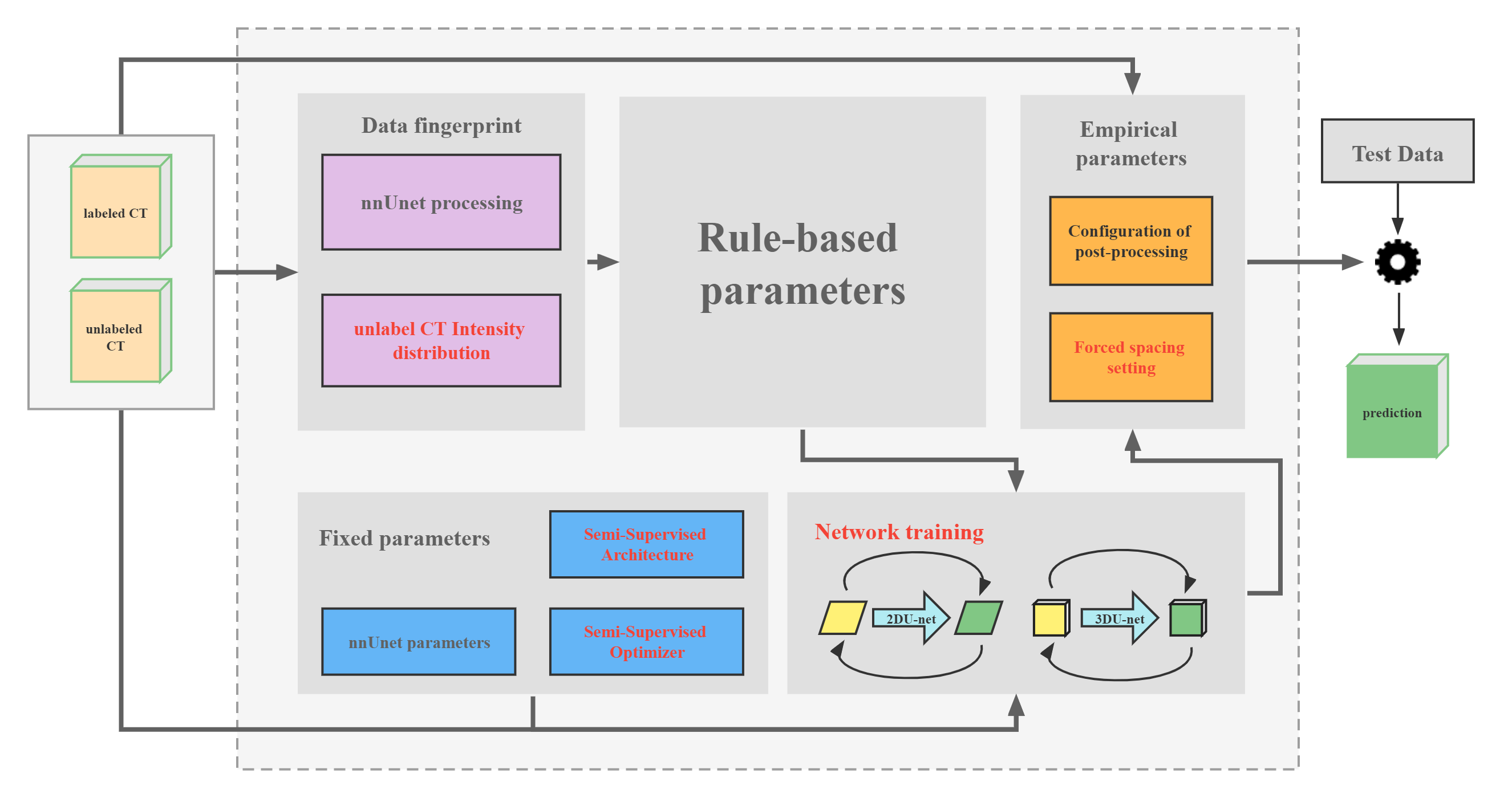Large curated datasets are necessary, but annotating medical images is a time-consuming, laborious, and expensive process. Therefore, recent supervised methods are focusing on utilizing a large amount of unlabeled data. However, to do so, is a challenging task. To address this problem, we propose a new 3D Cross-Pseudo Supervision (3D-CPS) method, a semi-supervised network architecture based on nnU-Net with the Cross-Pseudo Supervision method. We design a new nnU-Net based preprocessing. In addition, we set the semi-supervised loss weights to expand linearity with each epoch to prevent the model from low-quality pseudo-labels in the early training process. Our proposed method achieves an average dice similarity coefficient (DSC) of 0.881 and an average normalized surface distance (NSD) of 0.913 on the MICCAI FLARE2022 validation set (20 cases).
翻译:大型的分类数据集是必要的,但说明医疗图像是一个耗时、费时、费力和昂贵的过程。 因此,最近受监督的方法侧重于使用大量未贴标签的数据。 然而,要做到这一点,是一项艰巨的任务。 为了解决这一问题,我们建议采用新的三维交叉监督(三维交叉监督)(三维交叉监督)(三维交叉监督)(三维交叉监督)(三维交叉监督)(三维交叉监督)(三维监督-CPS)方法,一种半监督网络结构,以NNU-Net为基础,采用跨多监督方法。我们设计了一个新的基于NNU-Net的预处理过程。此外,我们设置了半监督的损失权,以扩大与每个时代的连线性,防止模型在早期培训过程中出现低质量的假标签。我们提议的方法实现了0.881的平均双维系数(DSC)和MICCAI FLARE2022验证集的平均正常表面距离(20例)。









